The Saab PhoeniX concept car made its grand entrance at the Geneva Motor Show in March 2011. At that time, Saab was facing significant financial challenges. Despite these hurdles, work on the PhoeniX platform and its potential successor, the Saab 9-3, continued relentlessly until bankruptcy papers were filed later in the same year.
The planned replacement for the 9-3, which was renamed the Saab 900, was set to feature a 1.6-liter turbo engine supplied by BMW, alongside BMW’s advanced start-stop system. This forward-thinking car was designed to have a hybrid drivetrain, offering both a premium Aero version and an economy Vector variant.
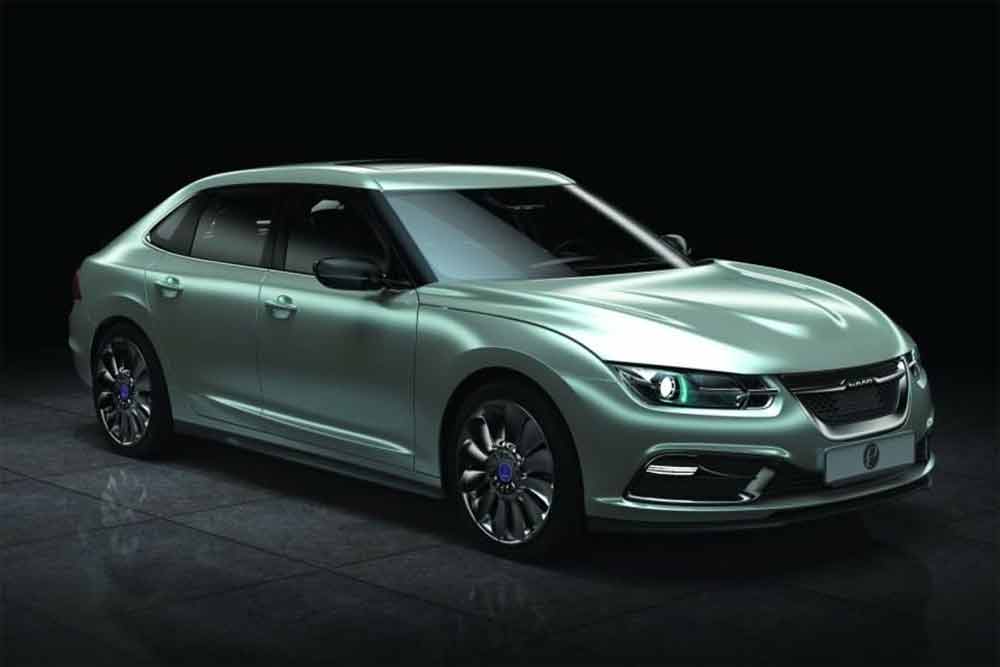
When Saab faced bankruptcy in December 2011, Jason Castriota and his team had already completed the majority of the car’s body and engineering work, with only the interior left to be developed. The finish line was in sight, with the goal of completing the car by the fall of 2012.
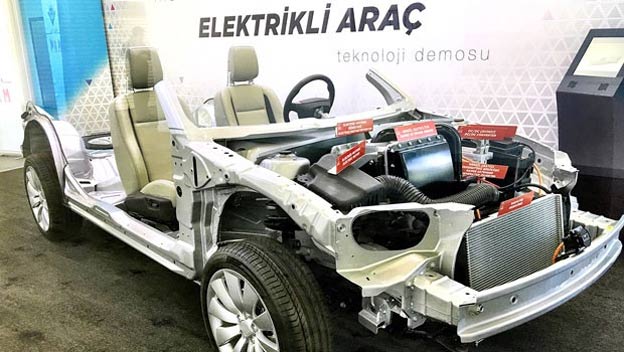
Table of Contents
A Phoenix Reborn
With Saab’s bankruptcy, National Electric Vehicle Sweden (NEVS) stepped in to acquire the main assets of the iconic company. NEVS initially focused on producing an electric variant of the second-generation Saab 9-3. However, the story didn’t end there.
The Turkish Twist
The development of new cars on the Phoenix platform didn’t come to a halt within NEVS. In a surprising turn of events, the platform was sold to the Turkish government in 2015. Turkey embarked on a project to create their own national car, utilizing the Phoenix platform. Versions named Phoenix 1.0 and Phoenix 1.1, in sedan and wagon variants, were meticulously crafted over nearly five years. However, the Turkish project eventually took a different direction, leading to the creation of a completely new platform.
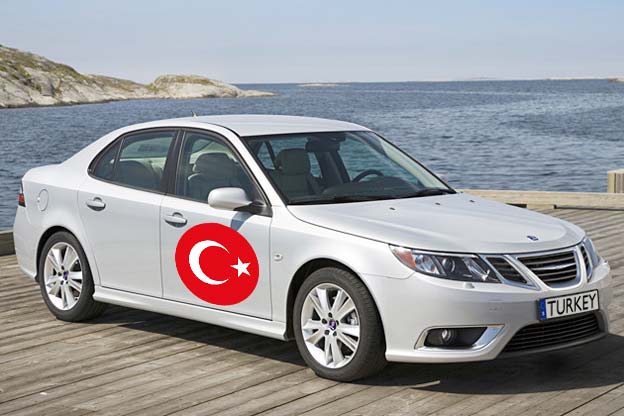
The Phoenix Platform Upgrade Kit
In a remarkable twist of fate, a new chapter in the Saab Phoenix story has recently unfolded. A Phoenix platform upgrade kit has emerged for existing Saab 9-3 cars, much to the delight of Saab enthusiasts. Anders Johansson and his startup company, GlobalXCM, managed to obtain a limited set of Phoenix platform upgrade kits, which they now offer to interested Saab owners. These kits allow the transformation of older Saab vehicles into the advanced next-generation Phoenix platform (!), a dream that was never realized due to the Saab Automobile’s downfall.
Anders and GlobalXCM acquired the Phoenix platforms from NEVS during the last year, storing them until the right moment. In essence, it’s a comprehensive package that empowers you to build your very own Saab 9-3NG on the Phoenix platform.
The Promise of the Phoenix Platform
In 2011, as Saab was on the verge of bankruptcy, the Fenix platform was in its final stages of development. This versatile platform was intended to serve as the foundation for all upcoming Saab models. Designed for expandability in both lateral and longitudinal directions, it could accommodate a range of vehicle sizes, from sporty sedans to large SUVs.
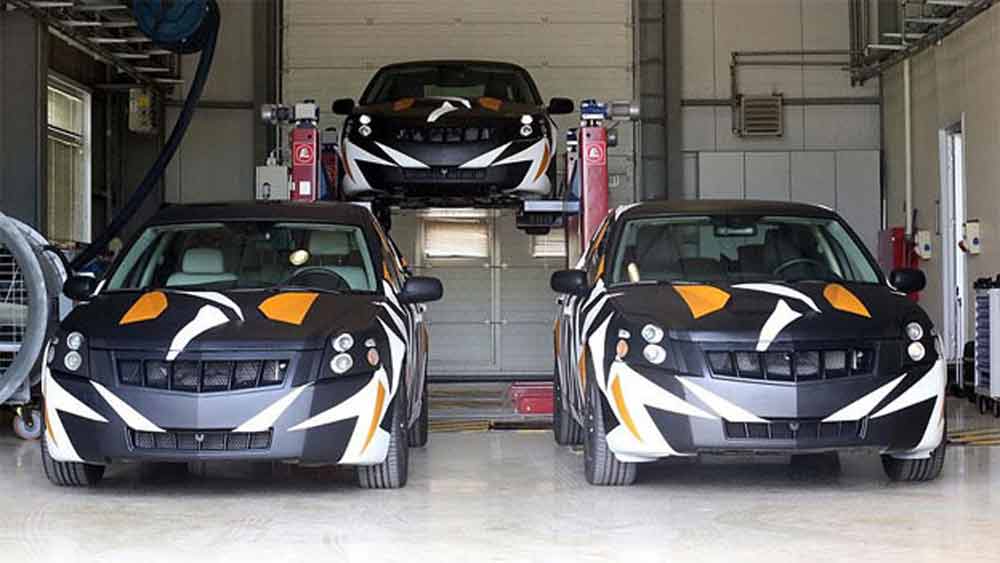
The Fenix platform was engineered to be cost-effective, with many existing vehicle body panels carried over to the new model. It retained most floor panels with minor modifications for reinforcement, making it possible to retrofit the Fenix chassis onto an existing 9-3NG.
Front Suspension: The Heart of Handling
Saab’s legacy of developing dynamic, driver-oriented chassis continued with the Fenix platform. Emphasizing increased stiffness and minimized parasitic forces, the front suspension was a masterpiece of engineering. The front suspension was based on the McPherson design and featured a complete setup with a subframe, all suspension components, and an electric power steering (EPS). Notably, the Fenix platform introduced a new wheel bolt pattern, deviating from the 9-3NG and 9-5NG.
Rear Suspension: Unprecedented Comfort
The rear suspension marked a departure from convention, embracing a completely new 5-link setup. Saab spared no expense in developing this advanced rear suspension. The 5-link setup provided a higher level of freedom in defining wheel motion, resulting in outstanding handling, comfort, and noise suppression – attributes often found only in high-end luxury vehicles.

Powertrain: A Touch of BMW
The Fenix platform was designed to accommodate engines from BMW, specifically the N18 petrol and N47 diesel engines. The kits offered by GlobalXCM are equipped with the N18 engine, coupled with either an F32 manual gearbox or an AF33 automatic gearbox. The N18 engine, renowned for its lightweight and high power output, contributed to superior handling due to its low weight. This Euro6 engine featured advanced features like Start/Stop functionality, Adaptive Cruise Control, and Cylinder deactivation.
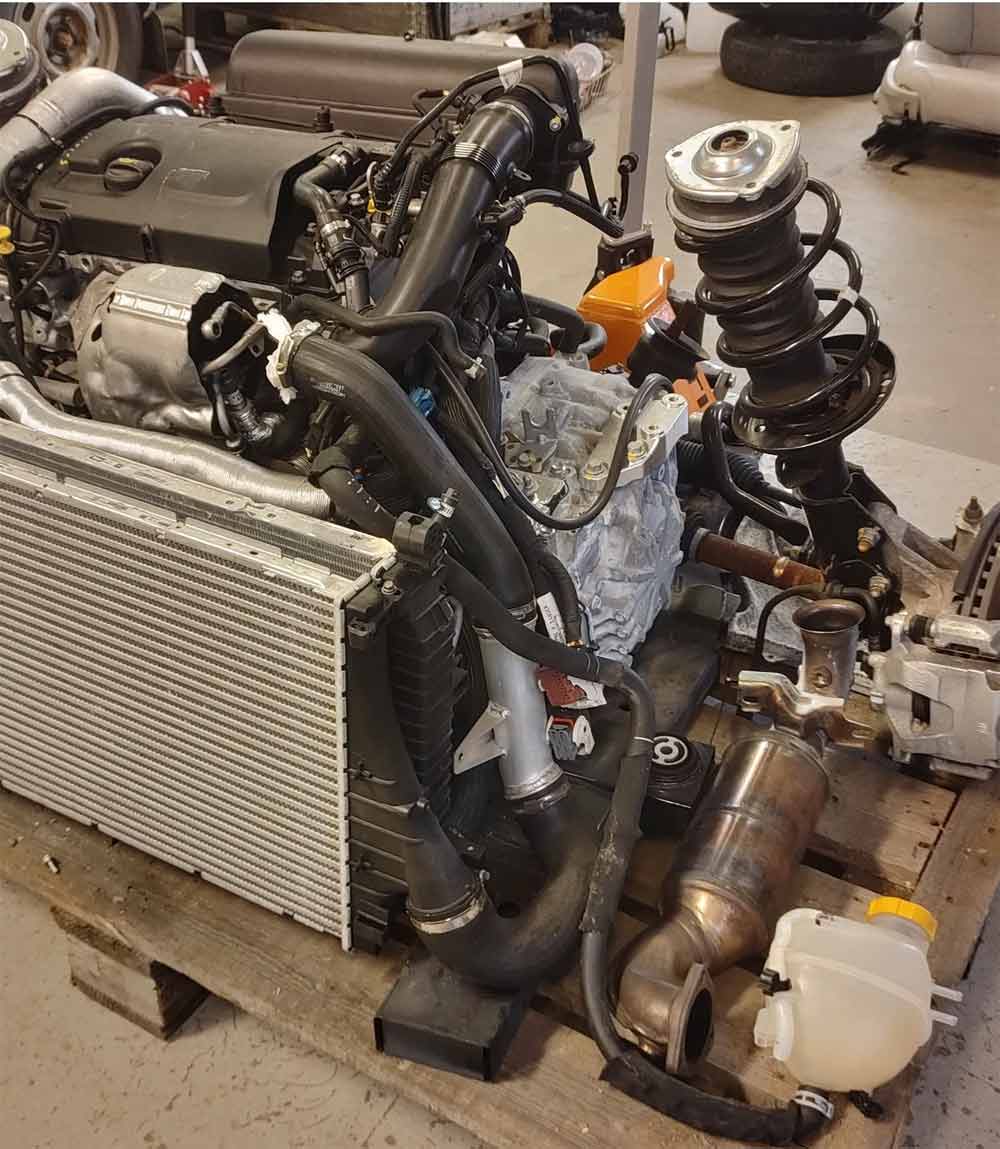
the Phoenix kit, i.e. the subframe with suspension and the
complete powertrain.
Retrofitting the Phoenix: A Labor of Love
To bring the Fenix kit to life on an existing 9-3NG, certain modifications are necessary:
- Rear subframe mounts need to be shifted 25mm to the rear.
- Rear strut mounts must be shifted 25mm to the rear, and a new shock mount must be installed.
- Front strut towers and wheel houses need to be shifted forward and modified for the new upper strut mounts.
- Fuel tank geometry must be adjusted.
- Electrical integration of the engine.
- Modification of the steering linkage rod and firewall interface to accommodate Electrical Power Steering.
- Adaptation of the exhaust system and spare wheel housing.
Crafting Your Own Phoenix
Anders and GlobalXCM are more than eager to assist Saab owners and kit buyers in bringing their dream Saab 9-3 to life. They offer support and knowledge, and potentially even complete build assistance. As a customer, you can choose your base model, whether it’s a SportCombi, SportSedan, or a convertible. The kits serve as the foundation, and the seller gladly collaborates with you on your specific project. Having already completed a few of these vehicles, they possess the knowledge and expertise to help you hit the road.
Order the Phoenix kit platform
You can order the Phoenix (Fenix) kit platform for upgrading through the website of Henrik Blom, a renowned innovator in the world of Saab automobiles who has developed comprehensive enhancements for Saab vehicles. Henrik and Anders are close friends, and Anders also sells other parts through his online store. For example, the SBZA kit for 9-5NG and the Driver Assistance Package are products created by Anders. The price of the Phoenix kit is 91,875.0 SEK.
In terms of registration, the cars can be registered in Sweden as modified vehicles, paving the way for export to most European countries.
The legacy of the Saab Phoenix platform, with its innovative design, advanced engineering, and adaptability, lives on. It’s a testament to the enduring spirit of Saab enthusiasts and the automotive community’s unwavering passion for a brand that refused to be forgotten.






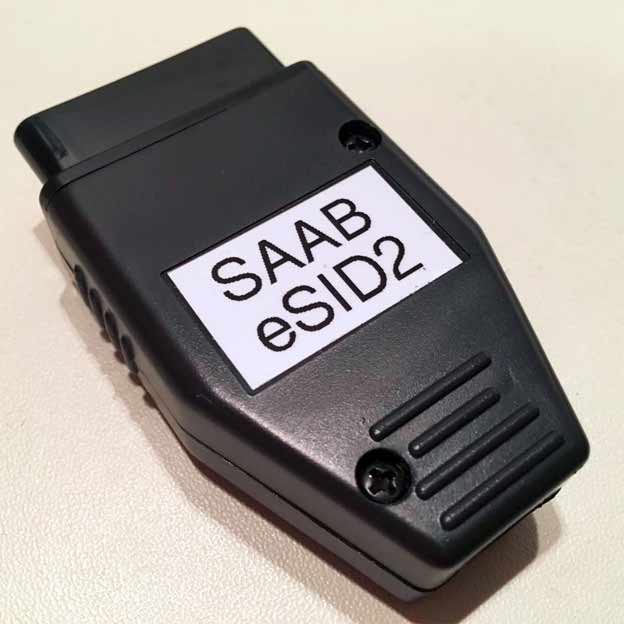





I have a 2006 9-3 2.0 convertible, can it be done like that?
Always wondered what happened to all those BMW engines that Saab bought. Think it was about 100 engines. Were they lost in the fog of war?
To Micke Samuelsson > well… They never paid for them!
To Olli Albone > No doubt about that, but what happened to them? Did BMW get some engines back?
To Micke Samuelsson > they got caught up with the auction and court case proceedings I guess? I did read up on it all once and couldve told you but I can’t remember now 😂
Luckely no bmw engines , thp i suggest is rubbish
I love my TX too, manual transmission car with 300PS